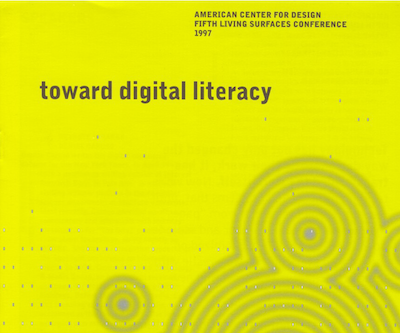American Center for Design:
Kathryn McCoy & Meredith Davis
Written by Erin Malone & Kumari Pacheco
The American Center for Design was a Chicago based organization which grew nationally, in competition with the AIGA. In the late 1990s they held early conferences exploring multimedia and the internet as viable places for designers to practice their craft. The organization, which also supported design competitions and other conferences for graphic designers, was led in the late 1990s by two well known women in design academia, Kathryn McCoy (1994-1996) and Meredith Davis (1996-1999). Vice presidents and board members during the same time included Shelley Evenson and Laurie Haycock-Makela.

Poster for the 1993 Living Surfaces conference. Kathryn McCoy was one of the speakers along with Bill Moggridge, Shelley Evenson, Emily Oberman, Donna Pittman, Patrick Whitney, Pamela Mead, Kent Hunter, Robert Abel, Chris Krueger, Daniel Boyarski and P. Scott Makela. Poster was designed by P. Scott Makela and is indicative of the Cranbrook design style (if you could point to it in the early 1990s.)

Poster for the second Living Surfaces conference held in San Francisco, October 1994. Themes of the conference promised conversations around interactivity, multimedia, designing for space and time, and moving from print to screen. The author attended this first conference before eventually moving to SF a year later. Poster from the author's collection.
Meredith Davis is a designer and life-long educator whose work explores the impact of design on structures of learning. She served as a board member of the American Institute of Graphic Arts, founding president of the Graphic Design Education Association, and president of the American Center for Design (1996-1999), the latter of which involved her in the Living Surfaces Conferences, some of the first to discuss design topics across emergent digital media spaces including multimedia, the internet, and the world wide web. These conferences provided the space for conversations about design’s place within these interactive experiences and technologies—setting the stage for interaction design.
Born in Pittsburgh, Pennsylvania, Davis began her career teaching art to students K-12. She attended Cranbrook Academy of Art and while there received a grant from the Michigan Council of the Arts. Her team developed curriculum for use in 500 Michigan public schools to introduce students to developing outcomes through design decision making. This step of developing curriculum laid the groundwork for her long-developed career investigating the relationships between design and education. Upon receiving her MFA in 1975, she went on to found her own firm, Communication Design, and work through complex problems for clients ranging from Twentieth Century Fund to the United Nations. This work earned Davis widespread recognition. She ultimately received more than 50 design awards (both national and international) including the AIGA Medal in 2005.
Split between consulting and teaching, she quit her practice and moved to North Carolina and less than four months into a new teaching position at NC State University, Davis became the Director of Graduate Programs in Graphic Design, championing research as a means to learn, think, and design deeply. As she explains in an interview with AIGA Raleigh, "We’ve done a lot to build the history of design; to talk about standards; to address worldviews and belief systems; and to build methods. But we don’t have much going on in terms of research, compared to more established professions...complexity of problems; interdisciplinary collaboration; rapidly evolving technology...all of those things require research because they also require greater accountability for our decisions. We have to develop that research.”[1]
She became head of the PhD program in Design in 2005, which was only the second doctoral program for graphic and industrial design in the U.S. at the time. Davis is also an editor and author, writing book chapters, articles and several books including Design as a Catalyst for Learning (1998), Visual Communication Design (2017), Graphic Design Theory (2012), and Teaching Design (2017).
Retired from teaching after 27 years, Davis continues to be involved in exploring design and education, serving on the board of the Future of Design Education Initiative co-founded by Don Norman. She also educates teachers on the use of design to reform curricula and enhance learning outcomes for students K-12, running ‘design-based experiences’ that draw from the interdisciplinary, collaborative, and iterative nature of the design process and allow students to practice mathematics, linguistics, scientific methodologies and more within the same scenario, rather than through rigidly divided subjects. When it comes to the design process itself, her questions[2] still ring with opportunity: How do we map the field of design? How do we talk about the development of competencies? And what are the competencies that designers need?
Meredith Davis Footnotes
[1] Basia Coulter, “Design, Where Do We Go Next? Part 2 of an Interview with Meredith Davis” AIGA Raleigh, Oct 13, 2014
https://raleigh.aiga.org/design-where-do-we-go-next/
[2] Basia Coulter, “Mapping the Field of Design: Part 1 of an Interview with Meredith Davis” AIGA Raleigh, Sep 1, 2014
https://raleigh.aiga.org/mapping-the-field-of-design/
Katherine McCoy:
Postmodern Educator
A designer, educator, and artist, Katherine McCoy also served as president of the American Center for Design (1994-1996), chairing the first Living Surfaces Conferences. She has served as vice president of the American Institute of Graphic Arts and president of the Industrial Designers Society among various other board, committee, and panelist positions. She is perhaps best known for developing the graduate design program at Cranbrook Academy of Art, one of the most celebrated and cutting-edge of its kind.
Born in Decatur, Illinois, McCoy initially aspired to be an architect. A high school counselor attempted to steer her towards interior design instead, explaining: “You wouldn’t like architecture, it has too much math.”[1] Ultimately, McCoy studied industrial design at Michigan State University, growing fascinated with ideation and problem-solving. Upon graduation, she was hired by Unimark International, gaining hands-on (albeit unstructured) training in graphic design from several colleagues. She went on to work at the Chrysler Corporation, Designers & Partners, and Omnigraphics, where she collaborated with designer Muriel Cooper on several projects for the MIT Press.
In 1971, a mere five years after her graduation, McCoy became the co-chair—alongside her husband, Michael—of the design department at Cranbrook Academy of Art. The couple remained there for 24 years, ushering the graphic and industrial design programs into an era of innovation, prestige, and occasional controversy. Recognizing collaboration as a source for rapid learning, the McCoy’s organized the curricula around process, replacing essays, deadlines, and exams with practical research, weekly critiques, and studio projects. This pivot towards a collaborative design practice was reinforced by opportunities for students to assist in McCoy’s personal projects.
In 1991, McCoy published the book Cranbrook Design: A New Discourse, which featured work from students over the previous several years. The book is a cultural artifact of post-modern design; Massimo Vignelli called the school the “most dangerous school in the world.”
McCoy left Cranbrook in 1995 and taught on the faculty at Illinois Institute of Technology until 2004. She has been a Distinguished Visiting Professor at the Royal College of Art, London, and a consultant for design curriculum for Hong Kong Polytechnic University, American University, Beirut and most recently planning design curriculum at Kansas City Art Institute.
Over the course of her career, McCoy has received several awards, including the Society of Typographic Arts Educator Award, the Chrysler Award for Innovation in Design, the Industrial Designers Society of America Education Award, and the AIGA Medal (1999).
In an interview from 2015 specifically discussing design writing, McCoy comments on the legacy of women as authors and of husband-wife partnerships, reflecting on the Eames, “In the early 1970s, when the Museum of Modern Art did the exhibition ‘The work of Charles and Ray Eames,’ no one knew who Ray was and we wondered if Charles had a brother.” The interview goes on to commend Massimo Vignelli for writing a tribute to his partner and wife, Lella, Designed by Lella, and discusses the writings of Beatrice Ward, the work of art director Cipe Pineles and more recently Helen Armstrong’s book Graphic Design Theory of which about 40% is authored by women.[2]
Today, she and her husband continue to run their design consultancy McCoy & McCoy in Colorado, serving a variety of clients and hosting a series of workshops (known as the High Ground Tools) about collaborative design. In an interview with CO-LAB, McCoy says about collaborative design: “One of the key elements of design thinking is conceptual synergy, and that is the result of successful collaboration...Now, where does it evolve from here? That’s a good question.”[3]

Cranbrook Design: The New Discourse. With contributions from Kathryn McCoy, Michael McCoy, Lorraine Wild, Hugh Aldersey-Williams, Darlice Boles, Roy Slade and Niels Diffrient. The book featured work from students and alumni between 1980 and 1990.
Kathryn McCoy Footnotes
[1] Rick Poynor, “Reputations: Katherine McCoy,” www.eyemagazine.com (Eye Magazine Ltd, 1995), http://www.eyemagazine.com/feature/article/katherine-mccoy.
[2] Designtraveler.wordpress.com, “Katherine McCoy : Thoughts on Design Writing,” Designtraveler, April 20, 2015, https://designtraveler.wordpress.com/2015/04/19/katherine-mccoy-thoughts-on-design-writing/.
[3] “Katherine + Michael McCoy, High Ground Design / Buena Vista CO,” https://co-lab.us/, accessed November 19, 2021, https://co-lab.us/the-mccoys/.
Meredith Davis Bibliography
- Bennett, Audrey G., and Omar Vulpinari, eds. “ICOGRADA Design Education Manifesto 2011.” Montreal, Canada: ICOGRADA, October 24, 2011.
- Brandon, Elissaveta M. “Inside Don Norman’s Herculean Quest to Fix Design Education.” Fast Company. Mansueto Ventures, LLC, August 31, 2021. https://www.fastcompany.com/90669651/inside-don-normans-herculean-quest-to-fix-design-education.
- College of Design. “Meredith Davis.” NC State University. Accessed October 28, 2021. https://design.ncsu.edu/people/mjdavis/.
- Coulter, Basia . “Design, Where Do We Go Next? Part 2 of an Interview with Meredith Davis.” AIGA Raleigh. AIGA | the Professional Association for Design, October 13, 2014. https://raleigh.aiga.org/design-where-do-we-go-next/.
- ———. “Mapping the Field of Design: Part 1 of an Interview with Meredith Davis.” AIGA Raleigh. AIGA | the Professional Association for Design, September 1, 2014. https://raleigh.aiga.org/mapping-the-field-of-design/.
- designobserver.com. “Profile: Meredith Davis.” Observer Omnimedia LLC. Accessed October 28, 2021. https://designobserver.com/profile/meredithdavis/30/.
- NC State University Libraries Collection Guides. “Meredith Davis Papers, 1981-2014 .” NC State University. Accessed October 28, 2021. https://www.lib.ncsu.edu/findingaids/mc00541/summary.
Kathryn McCoy Bibliography
- Designtraveler.wordpress.com. “Katherine McCoy : Thoughts on Design Writing.” Designtraveler, April 20, 2015. https://designtraveler.wordpress.com/2015/04/19/katherine-mccoy-thoughts-on-design-writing/.
- https://co-lab.us/. “Katherine + Michael McCoy, High Ground Design / Buena Vista CO.” Accessed November 19, 2021. https://co-lab.us/the-mccoys/.
- https://designingwomen.readymag.com/. “Designing Women: Profiles.” Readymag. Accessed November 19, 2021. https://designingwomen.readymag.com/profiles/katherine-mccoy/.
- https://esad.pt/. “Katherine McCoy.” ESAD Matosinhos. Accessed November 19, 2021. https://esad.pt/en/news/katherine-mccoy.
- https://www.idsa.org/. “Katherine J. McCoy, FIDSA.” Industrial Designers Society of America, January 11, 2010. https://www.idsa.org/members/katherine-j-mccoy-fidsa.
- Poynor, Rick . “Reputations: Katherine McCoy.” www.eyemagazine.com. Eye Magazine Ltd, 1995. http://www.eyemagazine.com/feature/article/katherine-mccoy.
Selected Stories
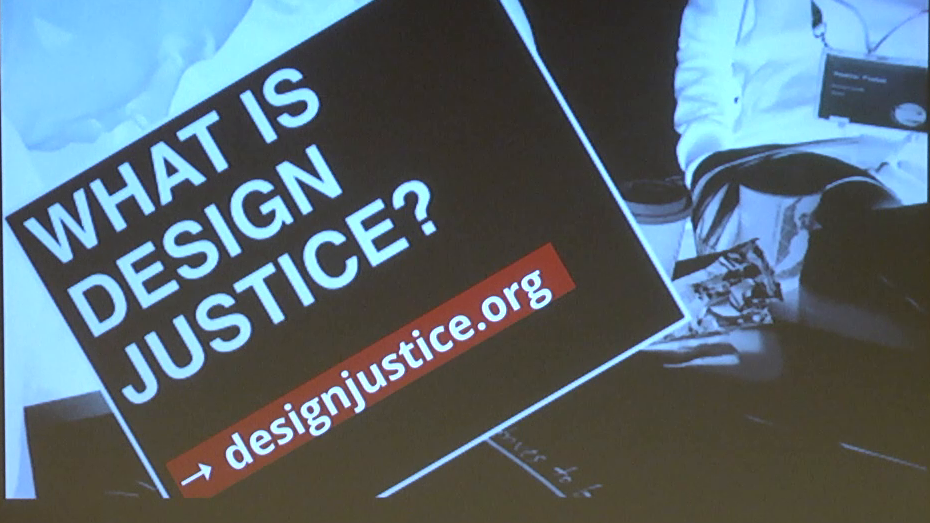
Sasha Costanza-ChockProject type
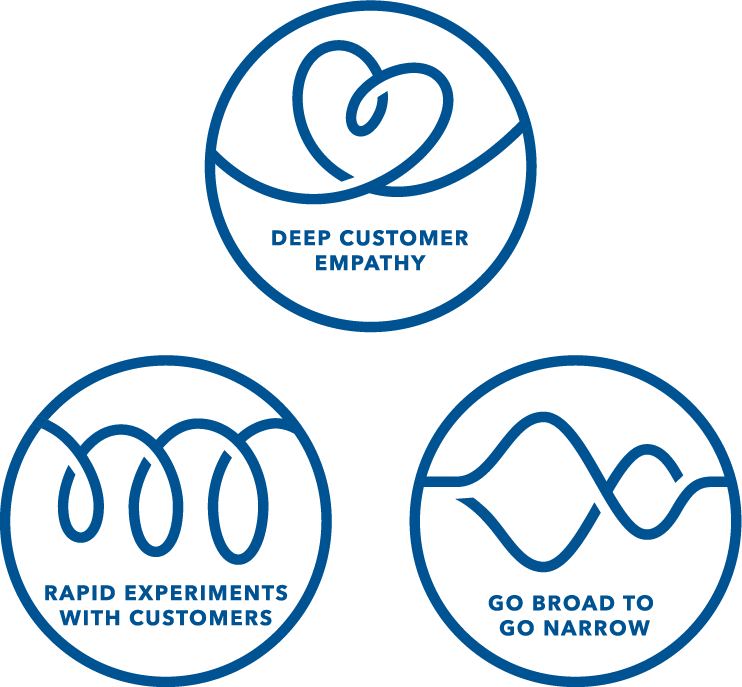
Kaaren HansonProject type

Ari MelencianoProject type

Mizuko Itoresearch
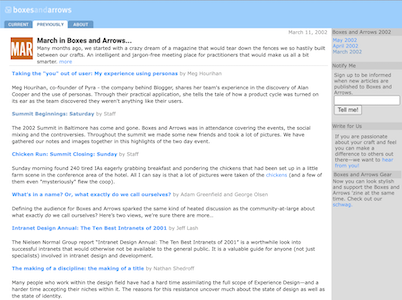
Boxes and ArrowsProject type

Mithula NaikCivic

Lili ChengProject type

Ovetta SampsonProject type
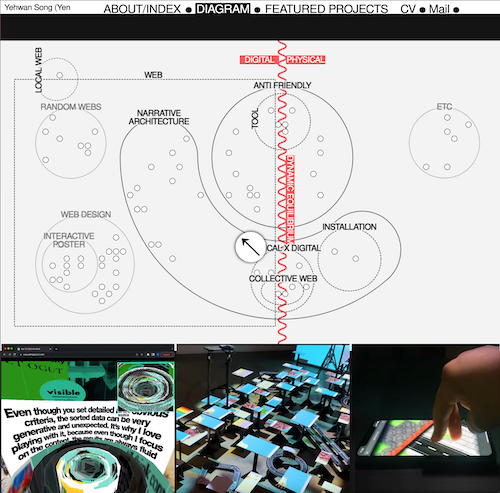
Yehwan SongProject type
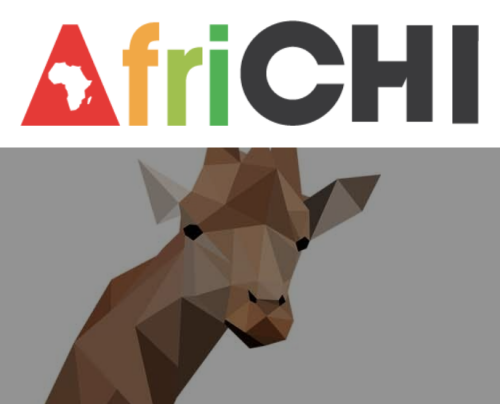
Anicia PetersProject type

Simona MaschiProject type

Jennifer BoveProject type
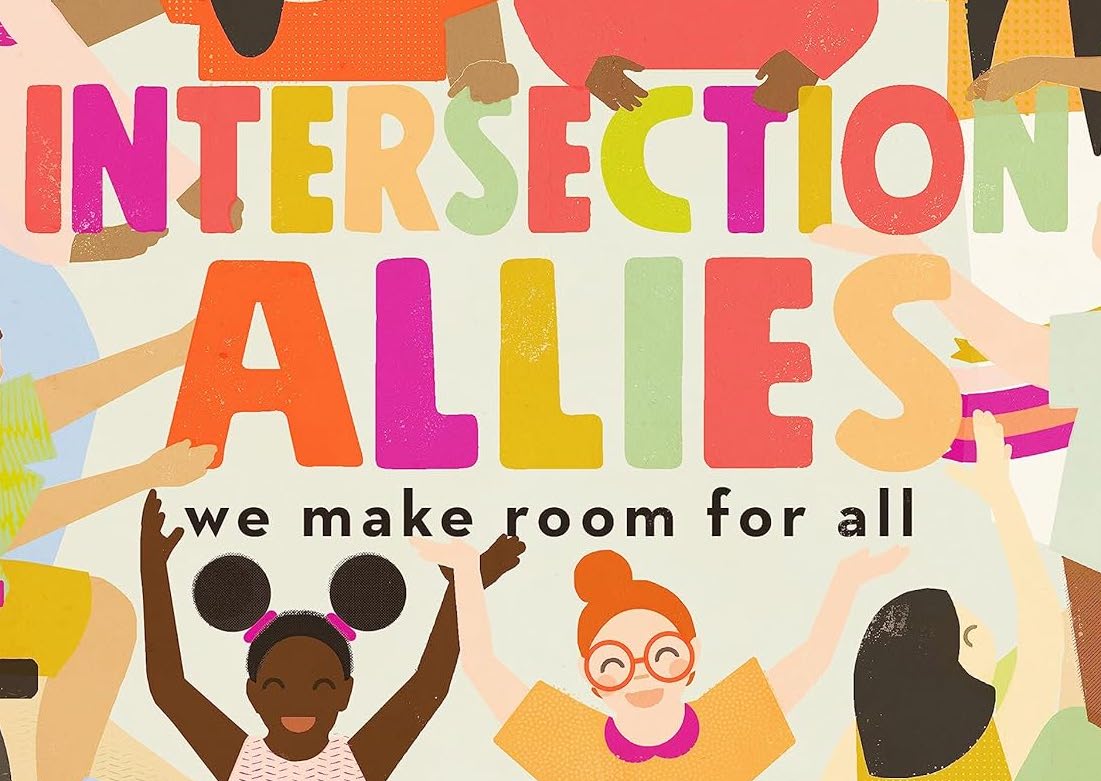
Chelsea JohnsonProject type
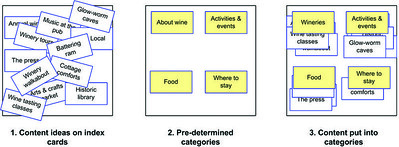
Donna SpencerProject type

Lisa WelchmanProject type

Sandra GonzālesProject type

Amelie LamontProject type

Mitzi OkouProject type

The Failings of the AIGAProject type
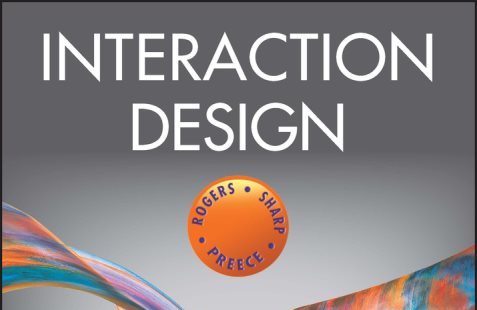
Jenny Preece, Yvonne Rogers, & Helen SharpProject type

Colleen BushellProject type

Aliza Sherman & WebgrrrlsProject type

Cathy PearlProject type

Karen HoltzblattProject type

Sabrina DorsainvilProject type
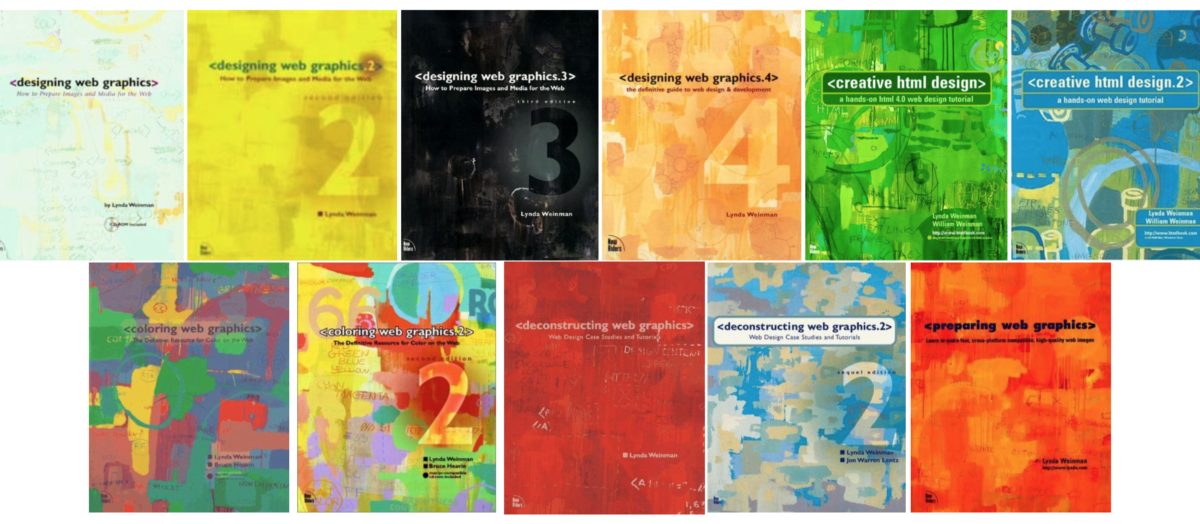
Lynda WeinmanProject type

Irina BlokProject type
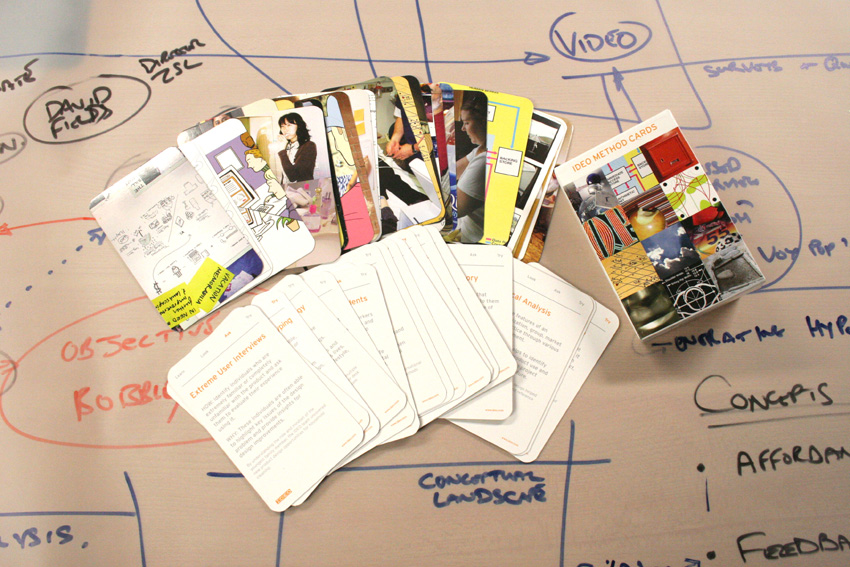
Jane Fulton SuriProject type
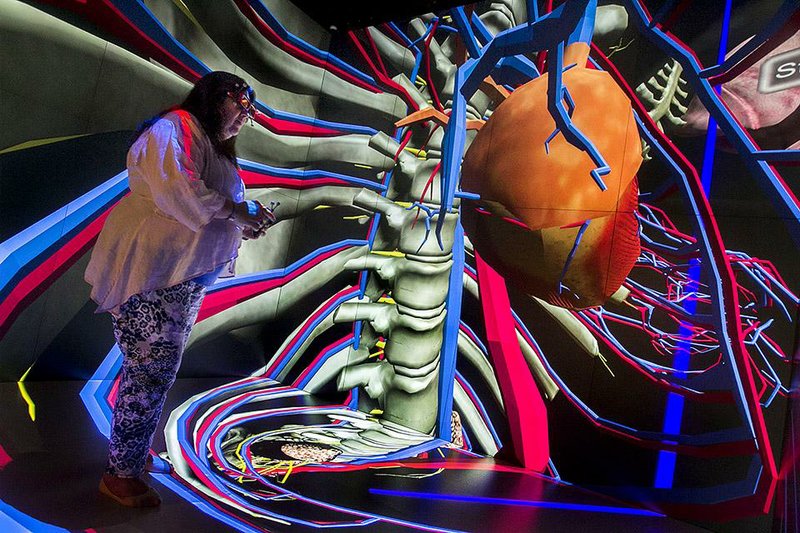
Carolina Cruz-NeiraProject type
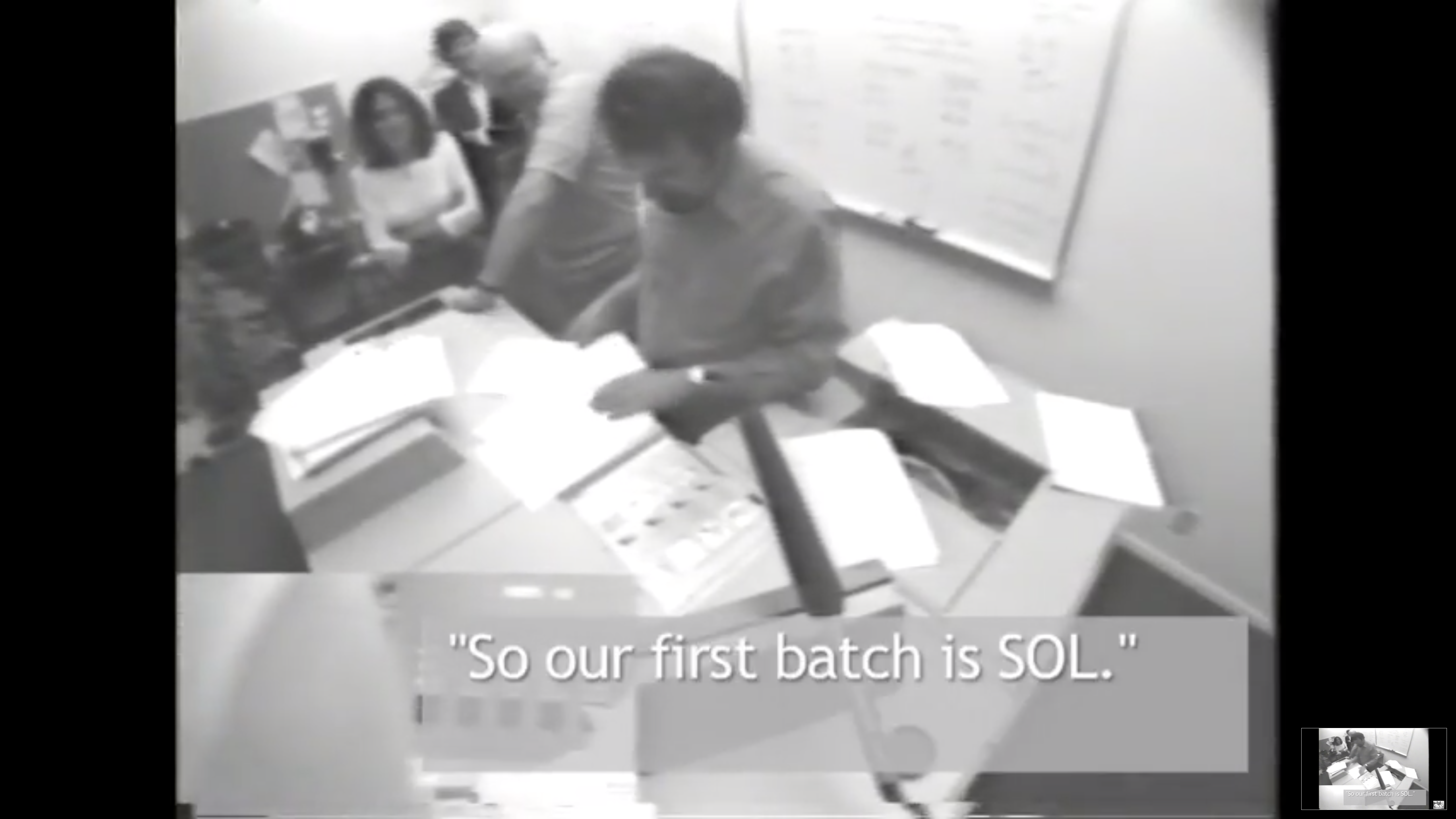
Lucy SuchmanProject type
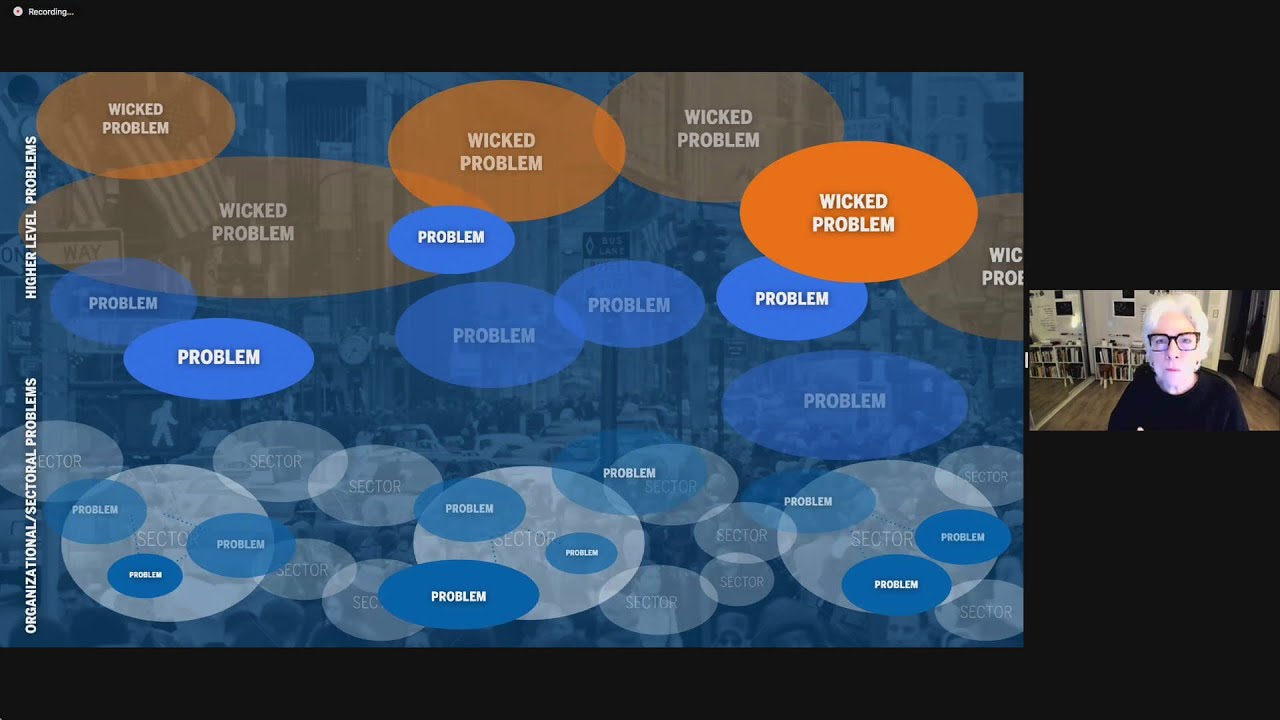
Terry IrwinProject type
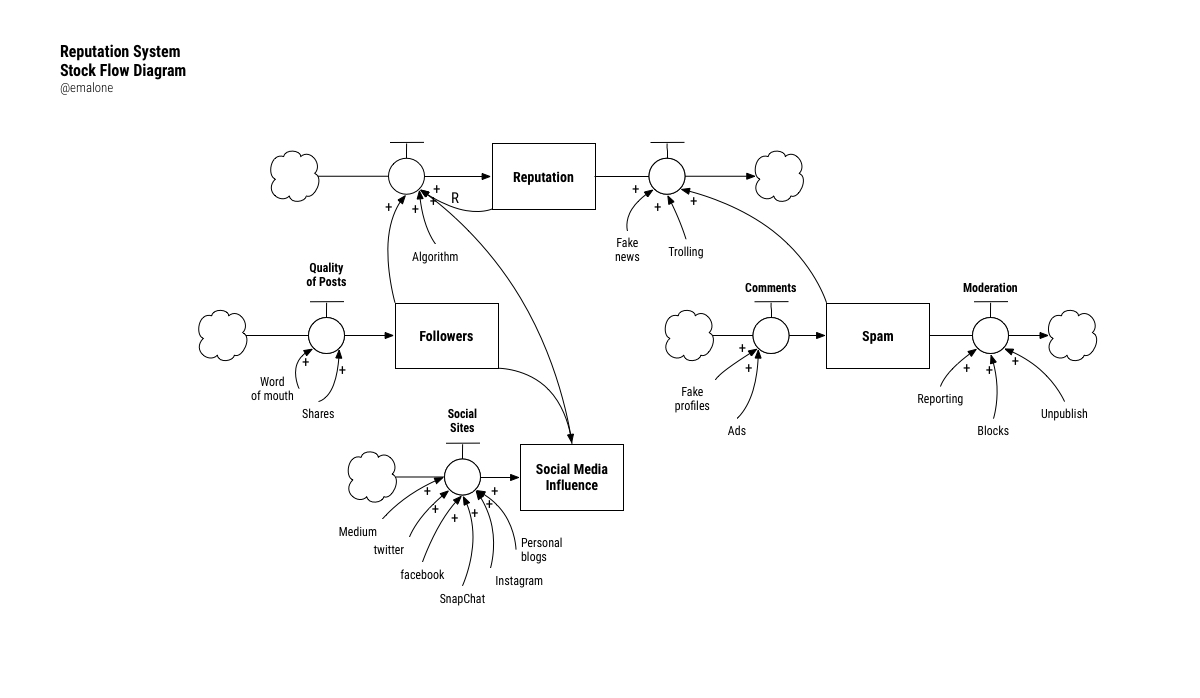
Donella MeadowsProject type

Maureen StoneProject type

Ray EamesProject type
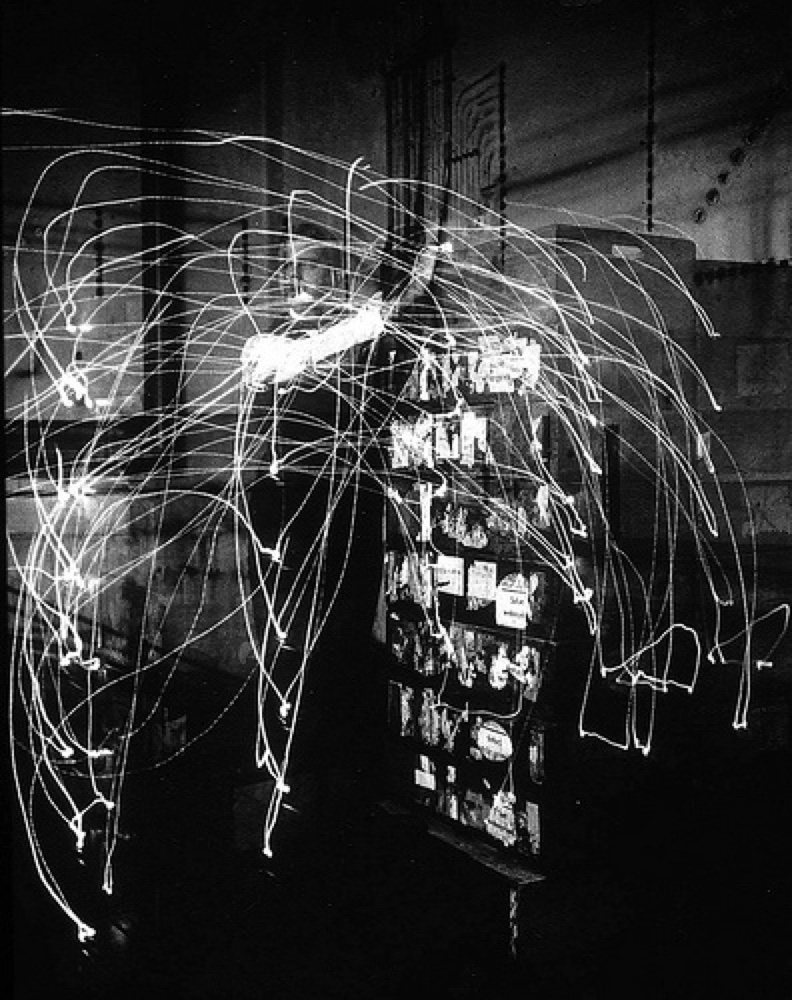
Lillian GilbrethProject type

Mabel AddisProject type

Ángela Ruiz RoblesDesigner

